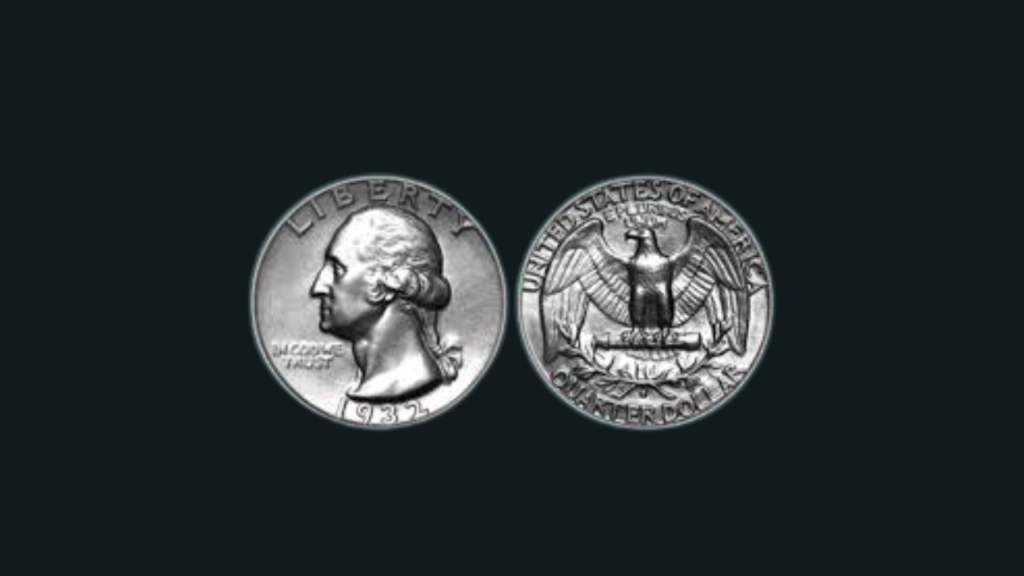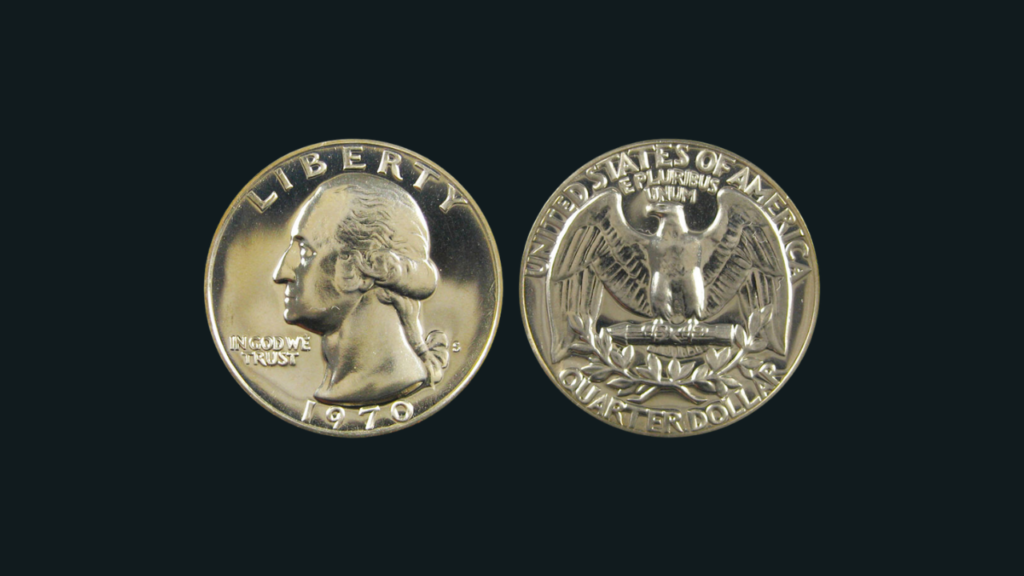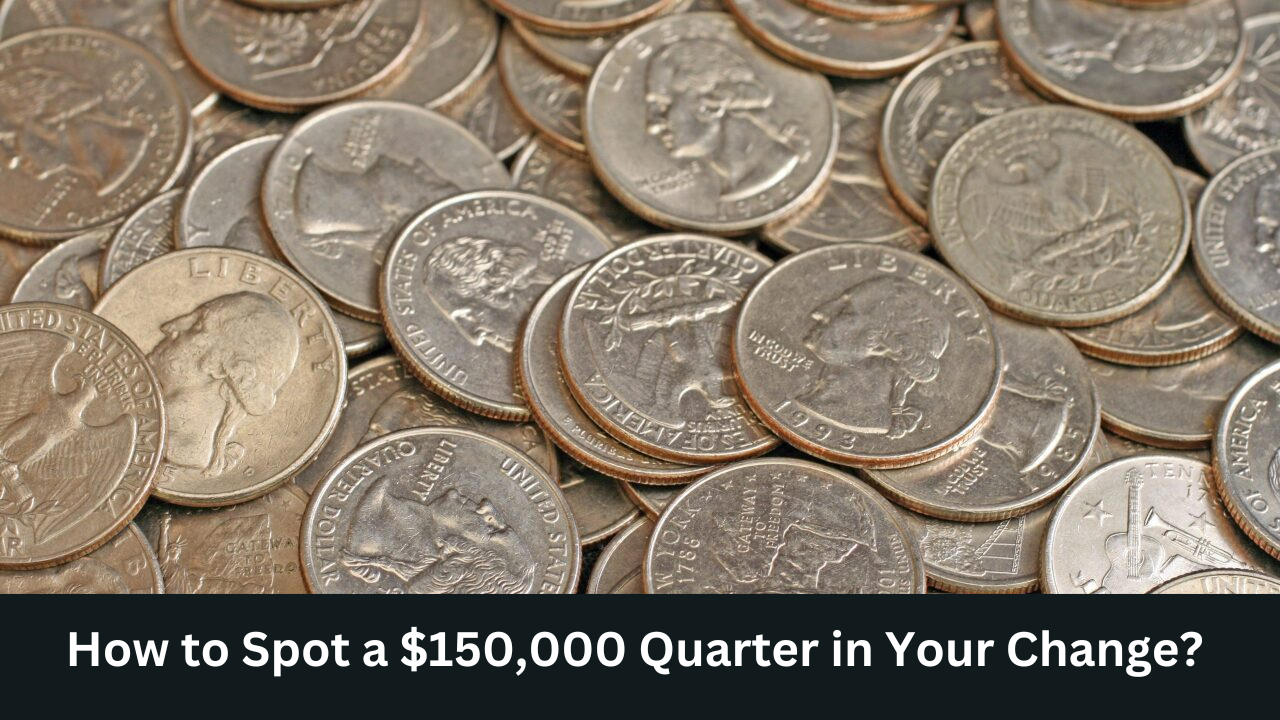Imagine finding out that a simple quarter could be worth thousands of dollars. While most quarters are worth just 25 cents, a few rare ones could be valuable enough to make your day—or even your year!
In this guide, we’ll walk you through some of the most sought-after quarters, the unique characteristics that set them apart, and how you might find one in your pocket change. Who knows, you could be holding onto a hidden gem worth up to $150,000!
1. The 1932-D Washington Quarter

The Washington quarter was introduced in 1932, during the Great Depression, which limited its initial production. The Denver Mint released only 436,800 of these quarters that year, making the 1932-D version one of the rarest and most valuable quarters.
If you’re lucky enough to find one in pristine condition, it could bring you up to $150,000! Look for the small “D” mint mark on the reverse side of the coin, near the eagle’s tail feathers, to identify this rare find.
2. The 1970-S Proof Washington Quarter (Double Die)

Another quarter that can be worth a lot more than face value is the 1970-S proof quarter. This coin has a unique “double die” error on its front side, where details like the date appear doubled. This rare error makes the coin highly desirable among collectors.
A 1970-S proof quarter in good condition with clear doubling could fetch between $10,000 and $150,000, depending on how visible the error is. Finding one of these coins could turn a lucky penny into a small fortune!
Got $500,000 in Your Pocket? Look for These 4 Dimes!
3. The 2004 Wisconsin State Quarter (Extra Leaf Error)

In 2004, some Wisconsin state quarters came out with a unique minting error that added an extra leaf to the corn stalk on the coin’s reverse side. There are two varieties of this error: one with a “low leaf” and one with a “high leaf.”
While the high-leaf version is especially rare and valuable, both versions are worth a look! Although these coins don’t usually reach the $150,000 mark, they can still sell for thousands, which is much more than their 25-cent face value.
Why Checking Your Change Could Pay Off?
Scanning your change for these rare quarters may seem like a long shot, but plenty of people have stumbled upon valuable coins just by being observant.
All it takes is knowing what to look for—like specific mint marks or doubled features. Who knows? Your next trip to the store could end up being more rewarding than you’d ever expect.
How Much Is a 1941 Lincoln Wheat Penny Worth? Find Out Now!
FAQs
- How Can I Tell if My Quarter Is a 1932-D?
Look for the “D” mint mark on the back of the coin, near the eagle’s tail feathers. If your coin is in great shape, it might be worth big money!
- What’s a “Double Die” Error?
This error happens when the coin design is stamped twice, creating a noticeable doubling effect on certain parts, like the date or letters. Double-die coins are highly valuable to collectors.
- Are There Other Rare Quarters I Should Look For?
Yes! Other valuable quarters include the 1965 silver error quarter and the 2005 Kansas “In God We Rust” quarter, which has a unique letter error.
- Where Can I Get My Rare Quarters Appraised?
You can consult a coin dealer or get it graded by a trusted service like the Professional Coin Grading Service (PCGS) or Numismatic Guaranty Corporation (NGC).
- How Should I Store a Valuable Quarter?
Handle it carefully, avoid touching its face, and store it in a protective case to keep it in top condition.
Editorial Note: This article was created through automated technology, with all details verified and polished by our editorial expert.

